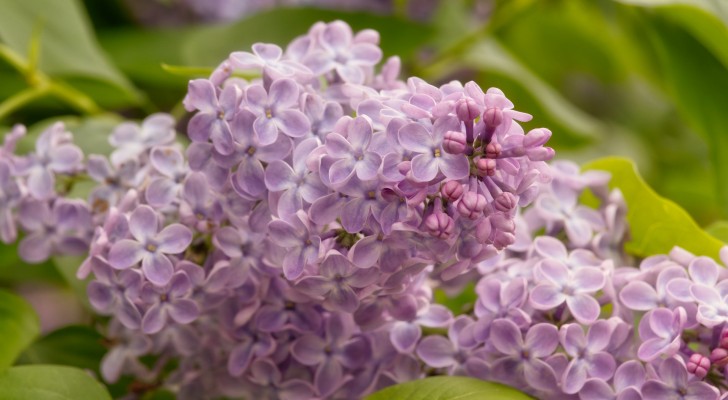Decorating the house and garden with wonderful lilacs: all the tips you need to grow them successfully

Advertisement
Originally from the Middle East, but also suited to the European climate, the Lilac or Serenella is a truly beautiful, ornamental plant; the lilac is now widely grown by many to decorate gardens and terraces, often used to create wonderful, decorative borders.
The lilac came to Europe in the eighteenth century, imported by famous "green thumb" and botanist, Victor Lemoine. A very fast growing plant, the lilac puts out wonderful white, pink or lilac flowers between April and May, adding beautiful color and decoration to our gardens.
But what's the best way to care for lilacs? Let's find out together:

- Planting: lilacs can be planted in winter, preferably before the frosts arrive to allow the roots to develop and will flower in the upcoming spring. Since the roots spread out widely around the trunk, you need to choose a location or pot that has plenty of space and the hole you dig for it should be at least twice as large as the root ball.
- Position: llacs are very robust plants and grow well in almost any type of soil (except stony and dry ones), preferably with an alkaline pH and well-draining. Lilacs can tolerate low temperatures up to -30 degrees C, wind and heat and to have lush bunches of flowers and dense foliage.
- Watering: at the time of planting and whilst rooting, the lilac requires regular and abundant watering. Mature plants must be watered only after prolonged summer drought or when temperatures are very high, preferably early in the morning or late in the evening . The frequency of watering will be greater for plants grown in pots, where the soil will tend to dry out more quickly.
- Fertilization: younger plants, especially immediately after transplanting, will benefit from a fertilizer of the type also used for roses; at the end of winter, however, especially if the soil is stony and mineral-poor, a powder fertilizer will be sufficient.
- Pruning: a lot of pruning is not necessary, but withered flowers and struggling branches should be pruned to encourage summer growth and a blooming in spring.
- Pairings: lilacs can be grown alone or in combination with other ornamental plants, to create interesting arrangements of colors. Three typical combinations are for example with the Snowball Viburnum or the Weigela and with climbing plants such as Clematis.
Now you are really ready to take care of your lilacs.
Advertisement